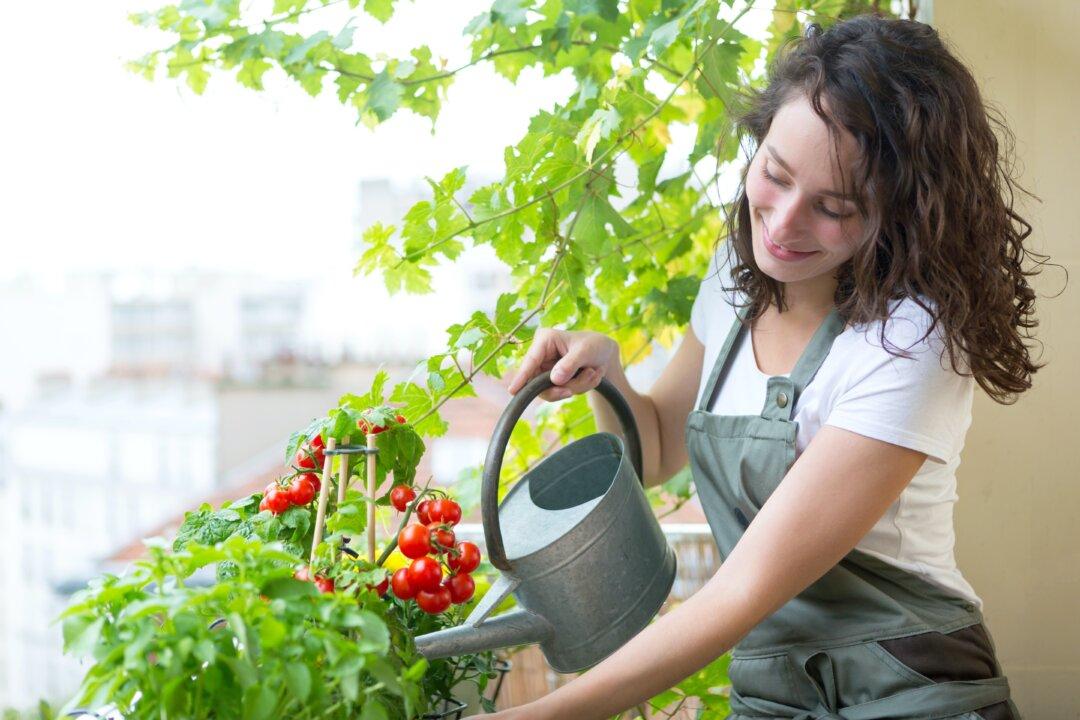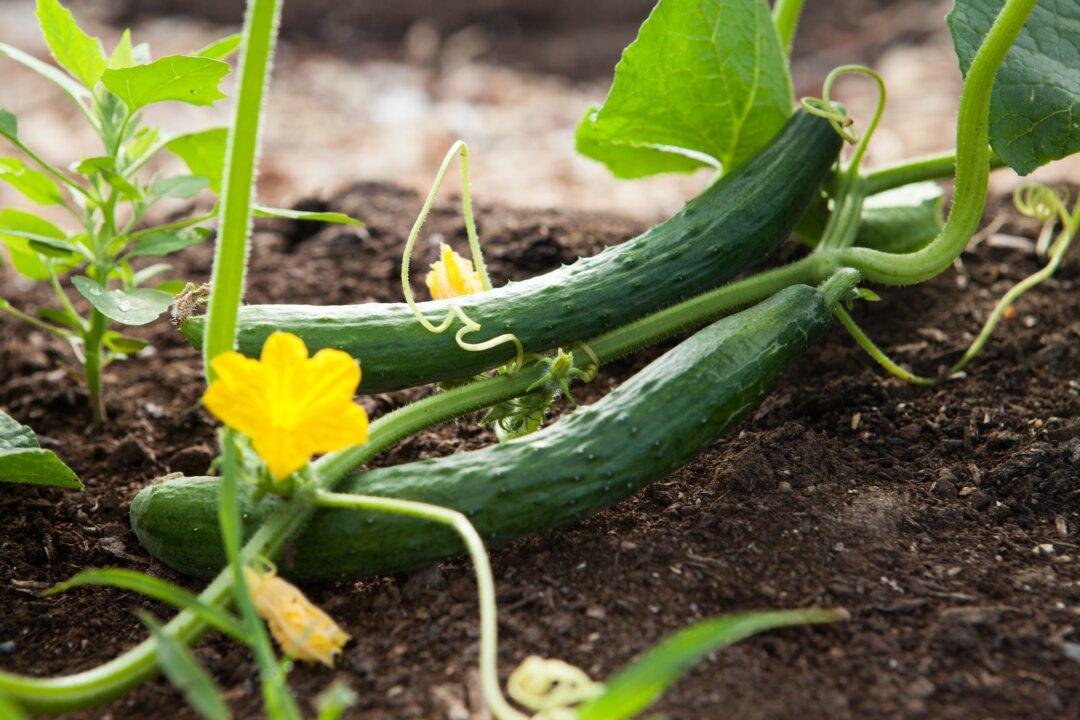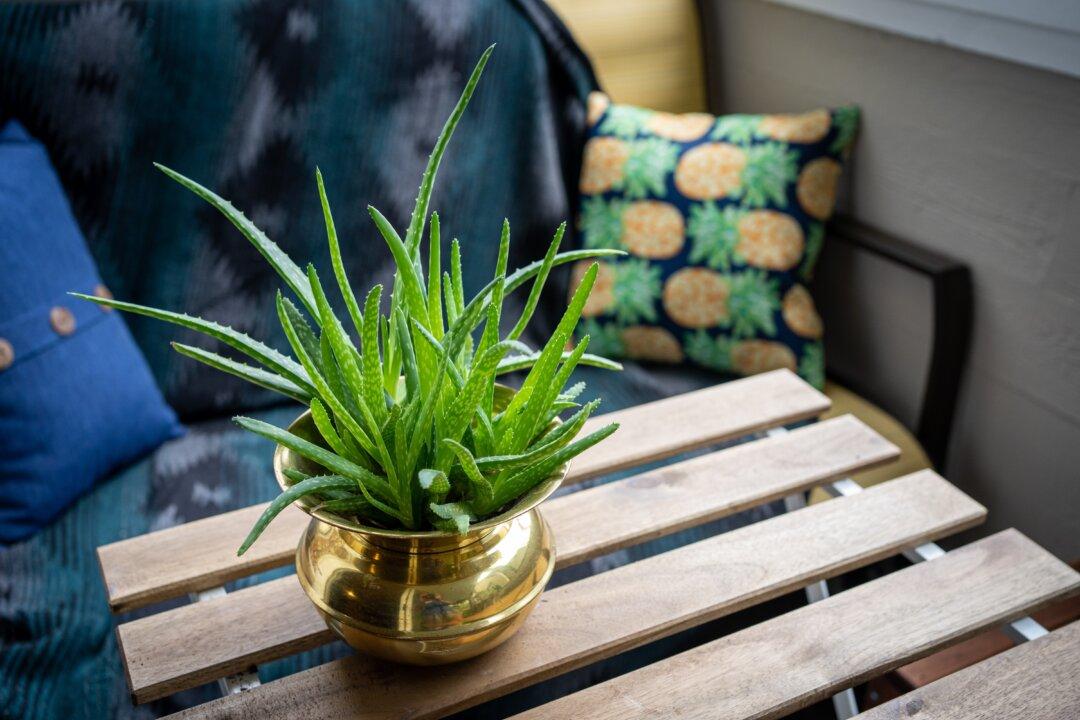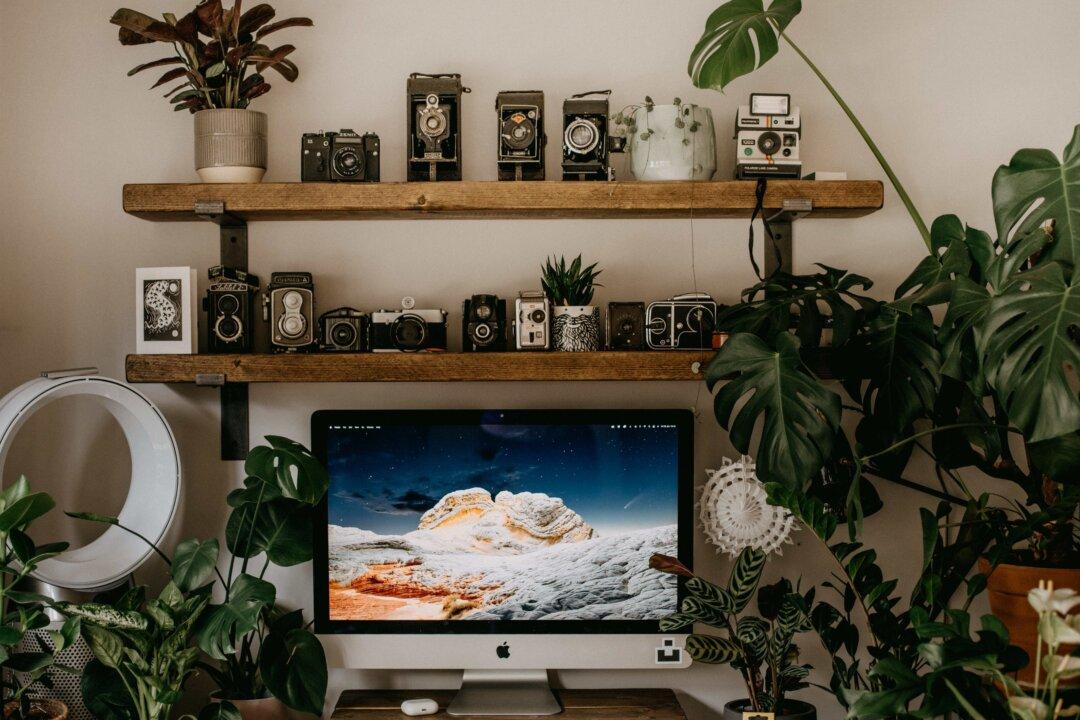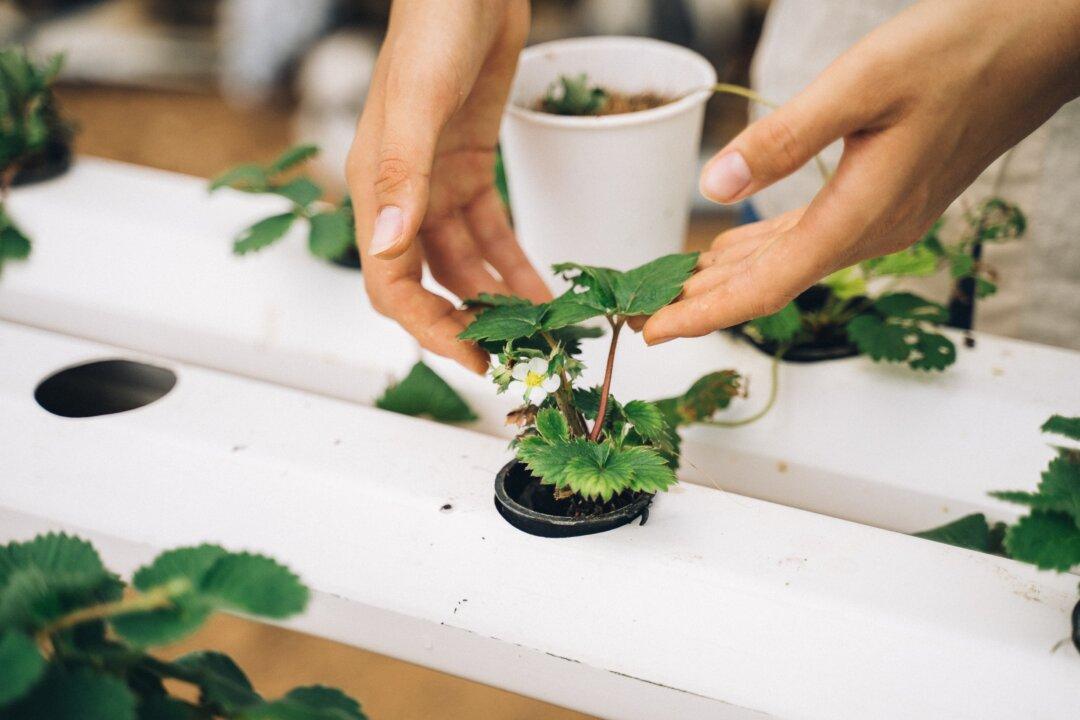Despite our best intentions, most of us just don’t have the space necessary to grow the kinds of gardens we’d like. But if you use your imagination, even the tiniest yard or terrace can provide you with an abundance of homegrown flowers and vegetables.
We’ve all heard the phrase “less is more,” and in this case, it is. Learning how to plant in a tiny space is the key to urban gardening. Add some greenery to the tiniest of porches or balconies by following these simple steps.

